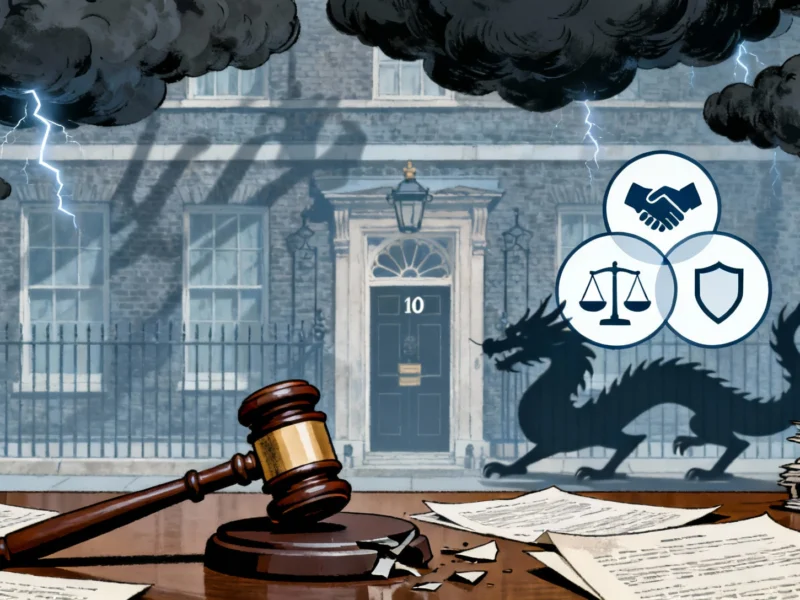According to Business Insider, Ukrainian President Volodymyr Zelenskyy announced that Ukraine should reach daily production of 600 to 800 interceptor drones by the end of November, representing a more concrete timeline than his initial July target of 1,000 per day. These specialized quadcopters are designed to destroy Russian attack drones in flight at a cost of $3,000 to $6,000 each, making them far cheaper than Western surface-to-air missiles that can cost millions per unit. The technology has shown promising results, with the Sternenko Foundation reporting its funded interceptors destroyed nine out of 90 Russian drones in one night, while Zelenskyy noted 150 hits on Shaheds and Gerberas out of 810 total drones in September. This shift toward drone-on-drone warfare comes as Russia increasingly attempts to overwhelm Ukrainian air defenses with mass drone attacks.
The Manufacturing Challenge
While the production targets sound impressive, scaling drone manufacturing to this level involves overcoming significant hurdles that go beyond simple assembly line logistics. The ComeBackAlive foundation has been instrumental in funding these efforts, but maintaining consistent component supply chains amid Russian targeting of industrial infrastructure represents a constant vulnerability. The $3,000-$6,000 price range suggests these aren’t simple commercial drones but sophisticated systems requiring specialized sensors, communication equipment, and potentially explosive payloads. Manufacturing at this scale requires not just production capacity but also quality control systems to ensure each interceptor performs reliably in combat conditions.
Technical and Tactical Constraints
The effectiveness of interceptor drones depends heavily on detection, command and control systems that can identify threats and deploy interceptors with sufficient reaction time. Russia’s strategy of launching hundreds of Shahed drones simultaneously creates saturation scenarios where even 800 daily interceptors might struggle to provide comprehensive coverage across Ukraine’s vast territory. The reported success rates—9 out of 90 drones destroyed in one engagement—while promising, also highlight that current systems aren’t providing complete protection. Additionally, as Ukraine scales production, Russia will inevitably develop countermeasures, including electronic warfare to disrupt drone communications, spoofing systems to mislead interceptors, or simply overwhelming numbers that exceed interceptor capacity.
Broader Military Implications
This development represents a fundamental shift in air defense doctrine that militaries worldwide will study closely. The concept of using relatively inexpensive drones to defend against more expensive attack drones creates an asymmetric cost equation that could reshape how nations approach air defense budgeting. However, it also raises questions about the sustainability of this approach if adversaries simply increase production of their own attack drones. The Sternenko Foundation’s success with the Sting interceptor demonstrates how crowdfunding and decentralized manufacturing can contribute to national defense, but also highlights the challenges of coordinating multiple systems from different manufacturers into a cohesive defense network.
The Road Ahead
Meeting the November production deadline depends on maintaining stable power supplies, secure manufacturing facilities, and uninterrupted component imports—all challenging in wartime conditions. Even if production targets are met, Ukraine must still develop the operational doctrine to effectively deploy these interceptors across multiple fronts simultaneously. The technology represents an important innovation in modern warfare, but it’s unlikely to be a silver bullet solution. Rather, interceptor drones will likely become one component in a layered air defense system that includes traditional missiles, electronic warfare, and other counter-drone technologies. The real test will come this winter when Russia typically intensifies attacks on energy infrastructure, creating the ultimate proving ground for this emerging technology.




